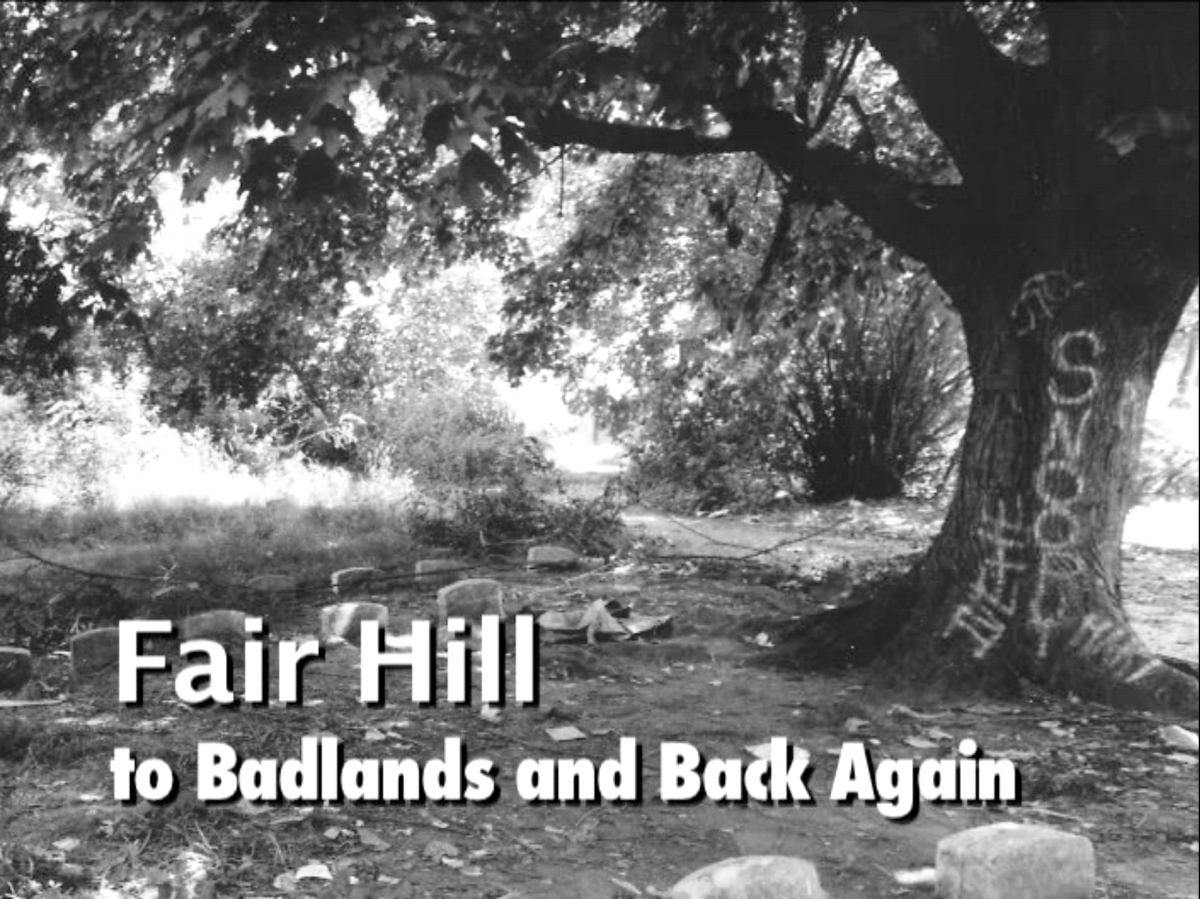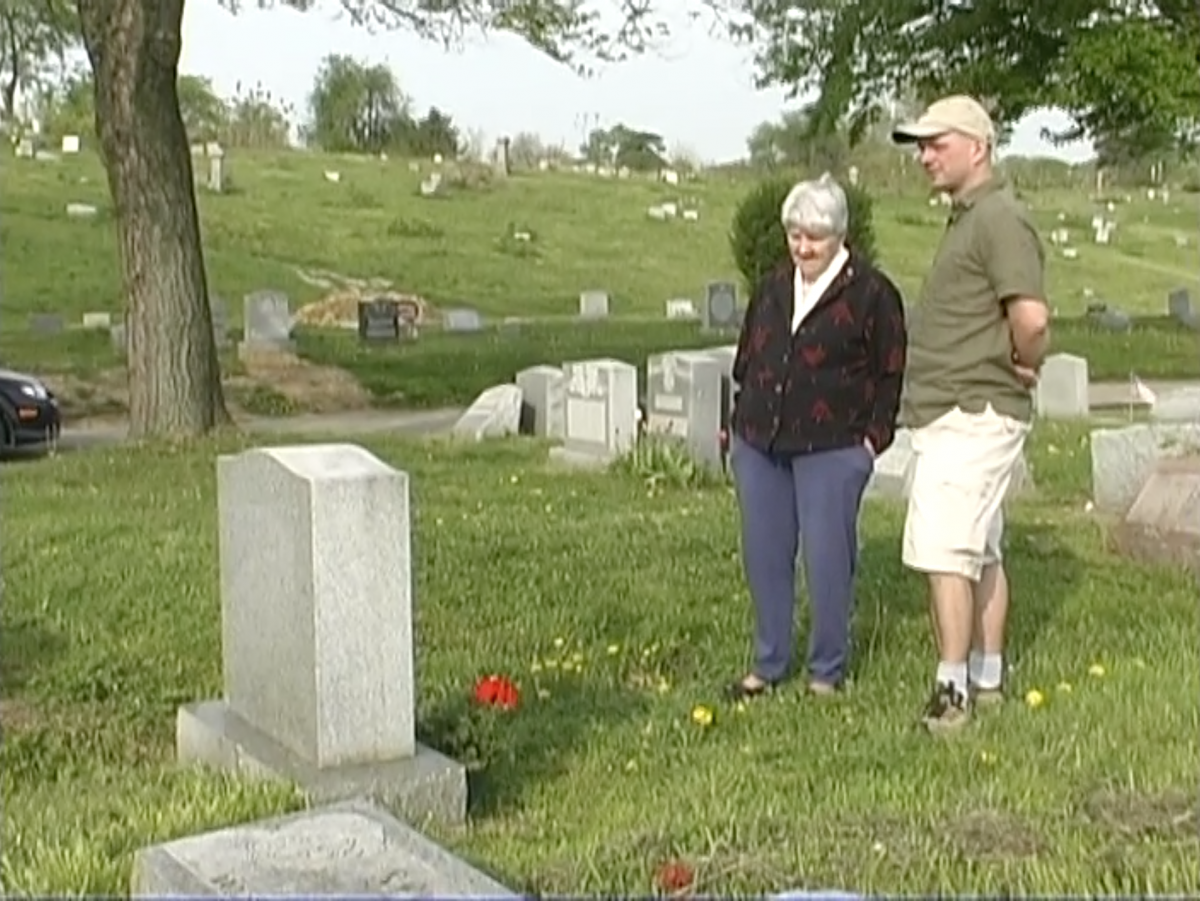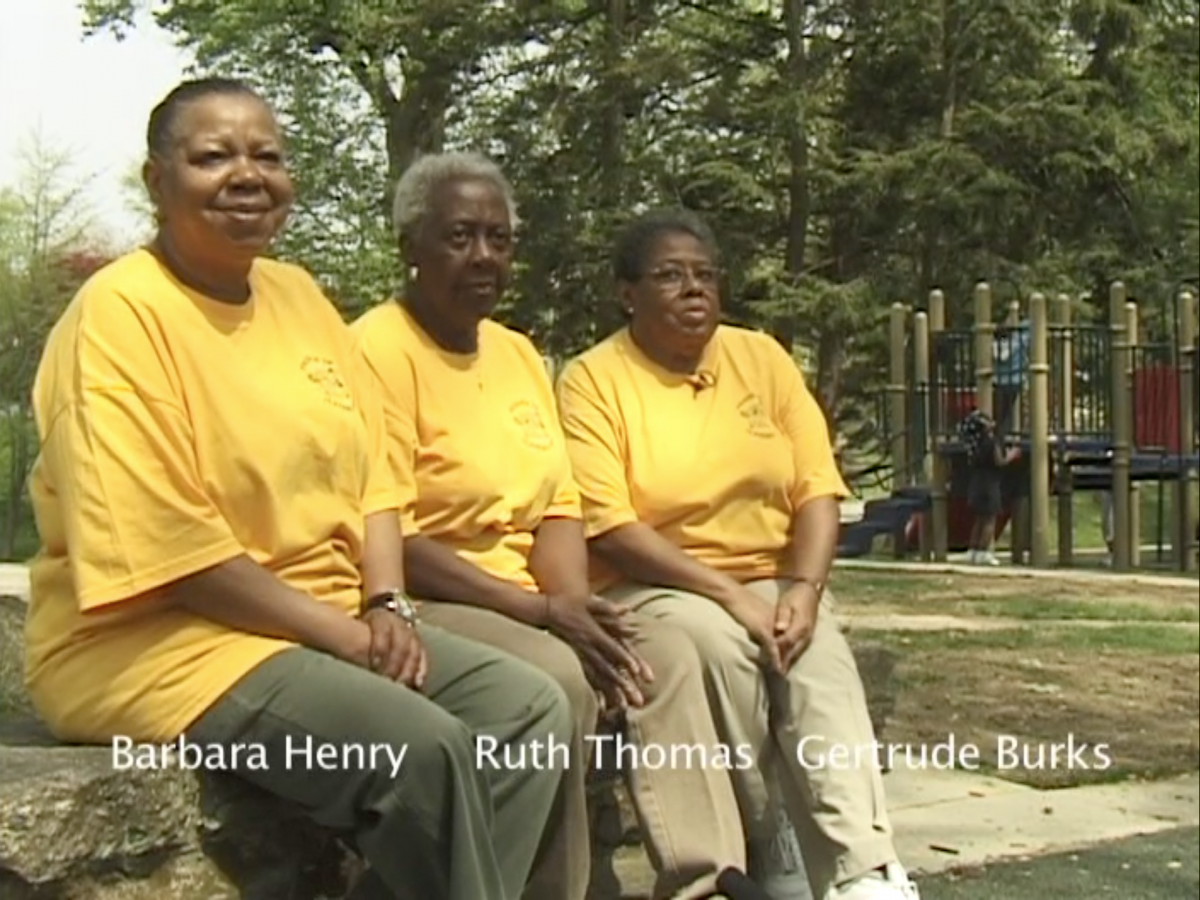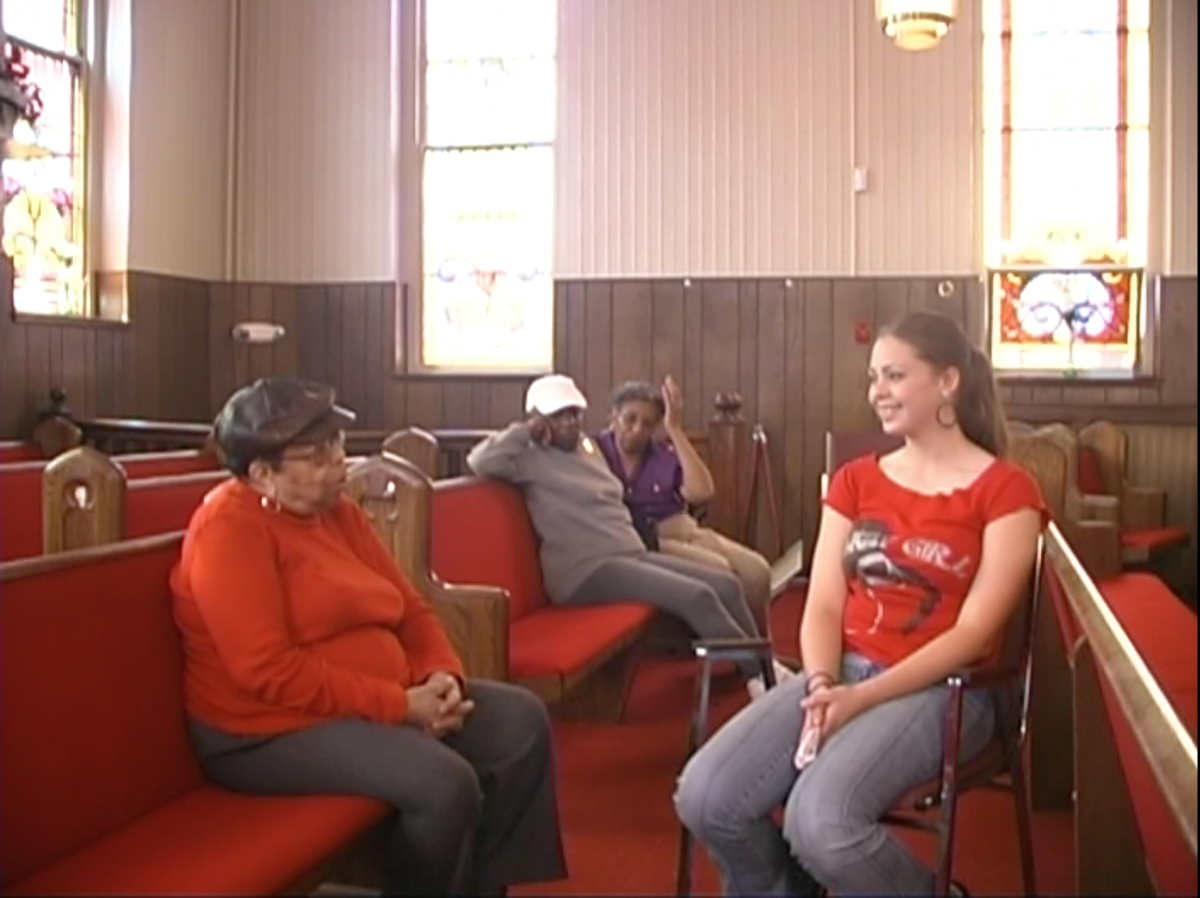Precious Places Community History Project Vol. 1
Precious Places Compilation Price:
Higher Education Institutions & Government Agency DVD | $139.00
K-12 & Public Libraries DVD | $79.00
Home Video DVD License – Restrictions Apply | $20.00
While tourists head straight for the city’s official “Historic District” and native Philadelphian’s think they have seen it all, Scribe Video Center’s Precious Places Community History Project reveals bypassed neighborhood sites as bright landmarks that surprise and inspire residents and visitors alike. Using the video documentary as a storytelling medium, neighborhood residents have come together to document the oral histories of their communities. Over the past three and half decades Scribe has collaborated with community groups from Philadelphia, Chester, Ardmore, and Camden to produce over 100 community histories. Precious Places is a regional history, an occasion for neighbors to tell their own stories about and the people and places that make their communities unique. This DVD features 19 films.
Films Included In The Compilation:
The Taking of Bodine: Never Forget by Community Leadership Institute (North Philadelphia)
The Taking of Bodine confronts the displacement of residents in North Philadelphia through the Neighborhood Transformation Initiative (NTI). Led by neighborhood organizer Rosemary Cubas, the Community Leadership Institute contends that many good neighbors are being pushed out, houses bulldozed and land devalued in a plan that promises “development”, but not for the current residents (00:09:40). Read more
Fair Hill: To Badlands and Back Again by Fair Hill Cemetery (North Philadelphia)
Fair Hill: To Badlands and Back Again is about the history of a 300-year-old Quaker cemetery in North Philadelphia on Germantown Avenue. Deeded to local residents by Quakerism founder George Fox in the 1700s, the burial ground is the resting place of many of women and men who were active in the Underground Railroad. Philadelphians such as feminist and abolitionist Lucretia Mott and abolitionist Robert Purvis are buried here (00:09:32). Read more
Buried Stones, Buried Dreams by Mt. Moriah Preservation Society (Southwest Philadelphia)
Mount Moriah, a cemetery that holds the last remain of many Civil War veterans, has fallen into disrepair. The children and grandchildren of those buried at the cemetery, along with area neighbors, explore the historic significance of the Mt. Moriah and raise important questions about our responsibilities to the dead (00:10:53). Read more
Next Stop: Freedom by Frankford Group Ministry (Frankford)
Frankford is one of the oldest communities in the county that came to be called Philadelphia. A group of local high school students record the oral histories of community elders, documenting the rich history of Frankford and exploring the ties of churches near Frankford Avenue to the Underground Railroad (00:10:51). Read more
Traveling the Avenue: A Story of History, Faith, Culture and Civic Action by Germantown Historical Society (Germantown)
Traveling the Avenue documents six historic landmarks along Germantown Avenue in Northwest Philadelphia. This virtual tour stops at the Mt. Zion Baptist Church, the St. Vincent DePaul Roman Catholic Church, Germantown Town Hall, the Johnson House Museum, the Sedgwick Cultural Center and Valley Green (00:10:03). Read more
Investing in the Vision: Perspectives on the Uptown by Uptown Entertainment & Development Corporation (North Philadelphia)
Musicians, patrons, an architect, and a wide variety of North Philadelphia neighbors tell the story of the famed but closed Uptown Theatre. An effort has been organized to revive this show place that played a critical role in the Rhythm and Blues cultural revolution of the 1950s and 60s. This film includes the last interview with famed impresario and radio personality Georgie Woods (00:10:15). Read more
Cliveden Park: Our Tree of Life by District Community Action Council (Mt. Airy)
Musician and community icon Byard Lancaster uses the metaphor of the great 200- year-old oak tree in the middle of Cliveden Park to introduce us to the neighborhood. Across generations, the park is a place where residents of East Mt. Airy, through their care and upkeep of this green space, show their love for their community and each other (00:10:13). Read more
An Elder’s Story by Chester Consortium for Creative Community (Chester)
The large electric sign once proclaimed “What Chester Makes Makes Chester.” These words begin the story of former glory of a great industrial center. Residents look at the past and contemplate what the future holds for the city (00:09:21). Read more
A Community in Transition by Friends Neighborhood Guild
In 1949, interracial cooperative living was a radical idea in Philadelphia. The Friends Housing Cooperative transformed this concept into practice. Founded by the Friends Neighborhood Guild and the American Friends Service Committee — both Quaker organizations — to provide low-income collective housing for black and white families. Years before the organized Civil Rights Movement came to prominence, the Friends Housing Cooperative was a community of people who lived their ideals (00:09:39). Read more
The Taking of South Central…Philadelphia by Odunde (South Central Philadelphia)
What was once “South Philly” is now “Center City.” Community members of what had been for 100 years a predominantly African American community talk about gentrification and the past and future of South Central. As real estate values rise, some long-term residents face displacement from the neighborhood (00:10:16). Read more
A Place of Hope by Oxford Circle Mennonite Church (Northeast Philadelphia)
Once a suburb of Philadelphia, Oxford Circle is a neighborhood in Northeast Philadelphia in transition. The church serves as a bridge between old and new residents (00:10:02). Read more
Rising on the Hill by Audenried Beacon Center (South Philadelphia)
On the eve of the demolition of the Tasker Homes and the Audenried School, residents talk about their community that borders the Schuylkill. High school students in particular try to understand why their school will be destroyed and what the future might bring (00:09:43). Read more
The Manayunk Club by Manayunk Neighborhood Council (Manayunk)
The Manayunk Club was a beloved social spot in Manayunk, a close-nit neighborhood in the Northwestern section of Philadelphia. Housed in an old mansion on a hill overlooking the neighborhood, the club was born in the 1920s as a drinking establishment during prohibition. Featuring interviews with neighbors and utilizing historic photographs, The Manayunk Club depicts the history of the establishment, from the mansion's construction in 1870 to the aftermath of the fire (00:11:41). Read more
The Aqua Lounge by African Cultural Art Forum (West Philadelphia)
During the 1960s, the Aqua Lounge was the place to hear to progressive jazz artists in Philadelphia. The building on 52nd Street has continued to be a center for culture and now houses the African Cultural Art Forum (00:08:01). Read more
From the Del to the El: a Neighborhood Evolving by New Kensington CDC (North Philadelphia)
Wedged between the Delaware River and the El train, Fishtown is a working class neighborhood northeast of Center City in Philadelphia. True to its namesake, the area was known in the 1700s as a prime fishing and shipbuilding site, built by German and Irish immigrants. Massive industrialization later transformed the neighborhood into the "workshop of the world," but the neighborhood grew poorer as the factories left after the second World War. From the Del to the El: a Neighborhood Evolving tells the story of Fishtown's evolution through the history of four vital neighborhood churches: St. Michael’s Roman Catholic Church, East Baptist Church, Gallery Church and Circle of Hope (00:12:04). Read more
Putting the "Nice" Back in "the Town" by Nicetown Community Development Corporation (Northwest Philadelphia)
The Nicetown neighborhood in North Philadelphia has been known to suffer from an undeserved joke: that there is nothing "nice" here. However, many residents are quick to differ, pointing to the neighborhood's community life and historic attractions. The Stenton Mansion, constructed in 1730, was the home of James Logan, an early governor of Pennsylvania, and is now a National Historic Landmark (00:10:29). Read more
Las Parcelas by Norris Square Neighborhood Project (North Philadelphia)
Once a vacant lot, Las Parcelas is now a lush urban garden and community center in Norris Square. Founded in 1990 in this largely Puerto Rican neighborhood in North Philadelphia, the garden is a place where the dedicated women of Grupo Motivos tend a small piece of the island for their community (00:10:31). Read more
Bridging Yesterday with Tomorrow by Tacony Civic Association (Northeast Philadelphia)
Tacony sits picturesquely on the Delaware River in Philadelphia's North East section. Like much of Philadelphia, this historically rich community is deeply rooted in the industrial boom of over a century ago. One man figures prominently in the town's history: Henry Disston, the famous industrialist and owner of Disston Saw Works, once the world's largest saw producer (00:09:38). Read more
Girard Avenue – A New Destination by West Girard Community Council (West Philadelphia)
Girard Avenue at 27th Street is a vibrant neighborhood shopping district featuring a plethora of small, locally-owned businesses. So it was no surprise that neighbors banded together to oppose the planned building of a McDonalds fast food joint in 2002. The neighbors argued that they wanted to buy local, and that what the community really needed was a supermarket (00:09:35). Read more
Quotes From Educators:
"Precious Places moves documentary practice away from the individualistic and idiosyncratic, typified in projects like Supersize Me (2004, by Morgan Spurlock) and Fahrenheit 9/11 (2004, by Michael Moore), towards collaborative interactions between neighborhoods, filmmakers, and scholars who create new histories. As a result, the project constitutes more than an intervention into the conceptualization of documentary. Importing concepts from postcolonial studies, the project shows how to embody difficult and sprawling polyvcalities and microhistories as a way to reclaim and revitalize ideas about the archive, history and memory. Rather than creating a single authorial vision, Precious Places advances the collaborative ethnographic and historical model, where community participants become the authors and not simply the objects of community history."
-- an excerpt from Patricia Zimmerman's article "Imbedded Public Histories" published in Afterimage, March/April 2006
Philadelphia Film Festival, 2005, 2007
Athens Film Festival
Harlem Film Festival
WHYY TV 12, Philadelphia
Film Stills



